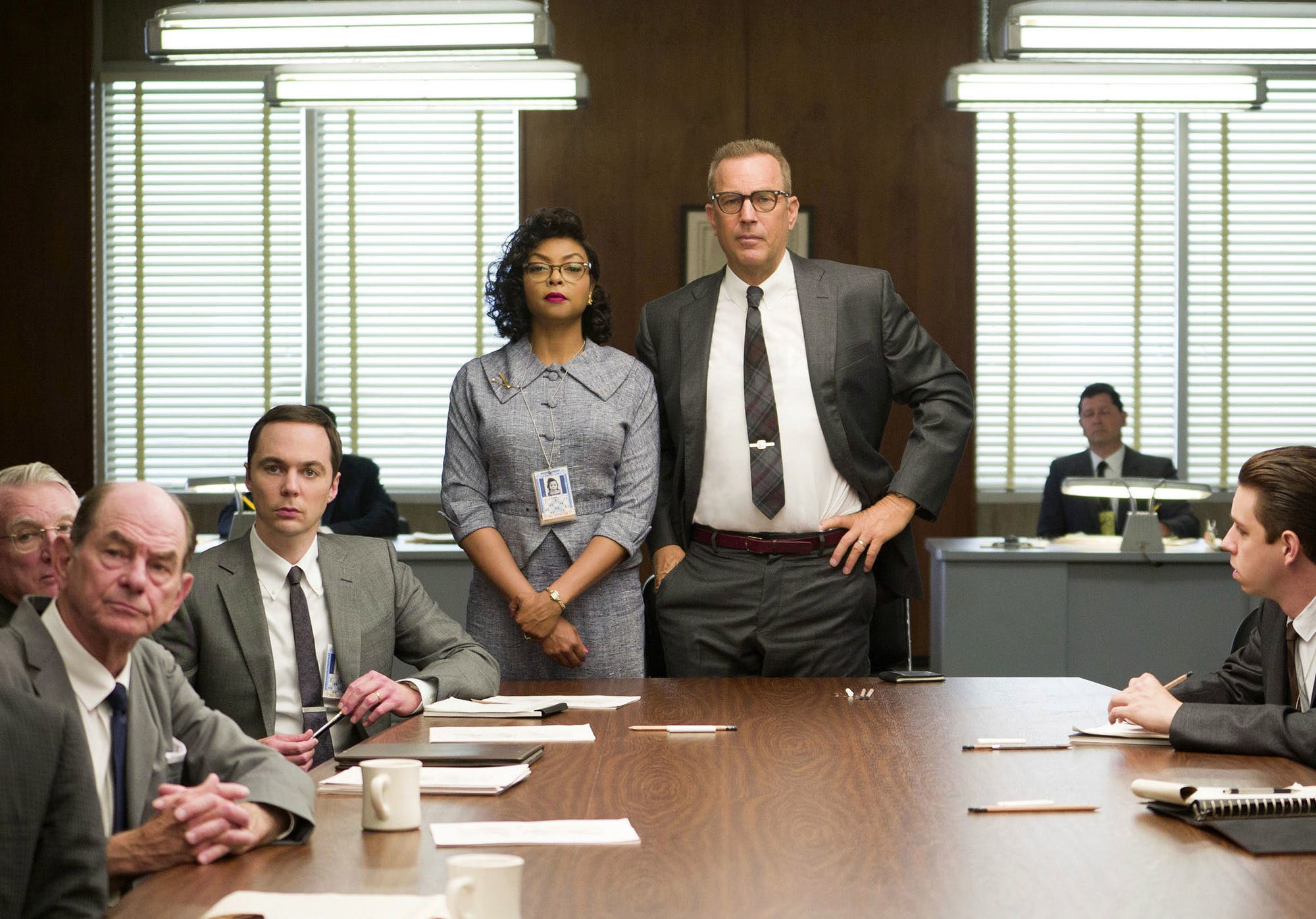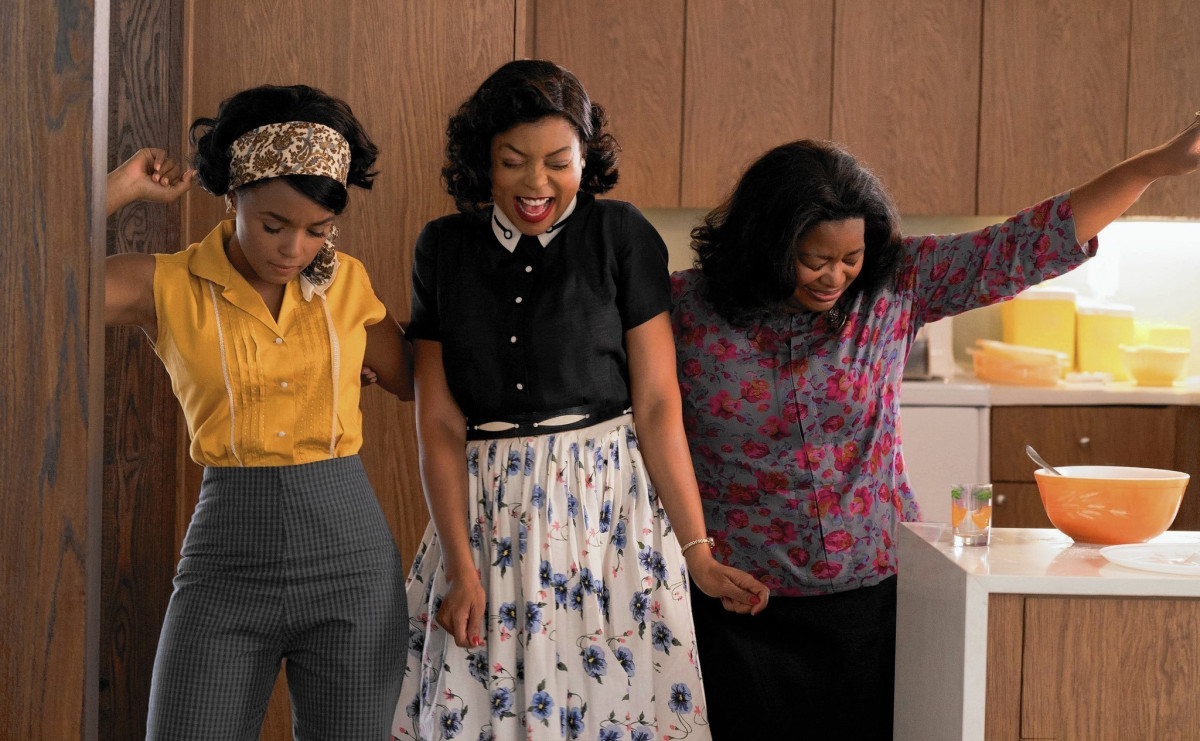‘Hidden Figures‘ is an Academy Award-nominated drama film directed by Theodore Melfi. Set during the Cold War Space Race, it tells the story of three brilliant African-American women, Katherine Johnson (Taraji P. Henson), Dorothy Vaughan (Octavia Spencer), and Mary Jackson (Janelle Monae), who make substantial contributions to NASA’s first human spaceflight program, Project Mercury, while also dealing with gender and racial discrimination.
It is a film about determination and instills a true sense of inspiration. It is also notable for its portrayal of gender bias at workplaces and deftly handles racial discrimination during the 1950s and 1960s. It subverts the “male savior” trope seen in similar films. After all, the three women play a crucial role in the development of Project Mercury, thus altering the course of history. This raises the question: is ‘Hidden Figures’ is based on real incidents?
Is Hidden Figures Based on a True Story?
Yes, ‘Hidden Figures’ is based on a true story. The film is adapted from a non-fiction book of the same name, written by Margot Lee Shetterly. Shetterly grew up in Hampton, Virginia, where the story takes place, and her Dad worked as an atmospheric scientist at NASA. Naturally, Shetterly grew up with stories about space research and NASA history.

Speaking about the inspiration for the book, in an interview with History Extra magazine, Margot Lee Shetterly said, “While I knew these women, I didn’t really know their stories – why they were at NASA, what they were doing and why there were so many women who worked there. Investigating these stories set off a whole chain of dominoes, which eventually became Hidden Figures.”
The characters of Johnson, Vaughan, and Jackson are based on real women who worked at NASA during the Space Race. They were employed by NASA as “computers.” After all, in 1941, President Franklin D. Roosevelt issued Executive Order 8802 to desegregate the defense industry and Executive Order 9346 to end racial discrimination in hiring and promotion among federal agencies and defense contractors.
NASA (known as NACA till 1958) hired hundreds of women of high intellect to perform advanced mathematic calculations to support the supposedly more important work of male engineers and scientists. At that time, the Langley Memorial Aeronautical Laboratory (now known as Langley Research Center) was one of the very few centers that hired African-American women, and their contributions were marginalized.
The film focuses on bringing these contributions to the forefront and takes some creative liberties while transferring them to the big screen. The film depicts the struggle of these women against gender and racial biases. One of the most prominent of these is the segregation laws that were applied in many of the Southern states. These laws were in place until 1965, and according to the law, the workers were segregated by their race and required to use separate offices, bathrooms, buses, and cafeterias.
However, the physical barriers of segregation were abolished by NASA at the turn of the decade, the time in which the events of the film are set. However, since Vaughan, Jackson, and Johnson joined NASA in 1943, 1951, and 1953 respectively, they had to adhere to the segregation laws during their early days at the agency, and these experiences are carried over to the time in which the film is set.
A key scene in the film features Al Harrison (Kevin Costner) knocking down the “Colored Ladies Room” sign, but no such incident took place in real life. In fact, the character of Al Harrison is itself fictional and was created to simplify the complex management hierarchy at Langley. On another note, as per the real version of events, astronaut John Glenn specifically asked for Johnson to verify the calculations made by the IMB 7090 computer, while she had several days before the launch to cross-check the calculations.
In the film, however, she has to perform this task on the very day of the launch, after which she is allowed to witness the launch by Harrison from Mission Control, which is also not historically accurate. Writer-director Theodore Melfi has spoken about the addition of these scenes to VICE, stating, “There needs to be white people who do the right thing, there needs to be black people who do the right thing, and someone does the right thing. And so who cares who does the right thing, as long as the right thing is achieved?”
“Hidden Figures” is a powerful film about women who overcame racial and gender discrimination in a revolutionary yet harrowing time to not only do their jobs with utmost sincerity but also contribute to one of humanity’s greatest achievements. It is wonderful to see them receive the recognition they deserve even if the film dramatizes certain real incidents and takes a few creative liberties. Nevertheless, it is largely based on the true story of these women and is sure to inspire many more to follow in their footsteps.
Read More: Movies Like Hidden Figures


You must be logged in to post a comment.